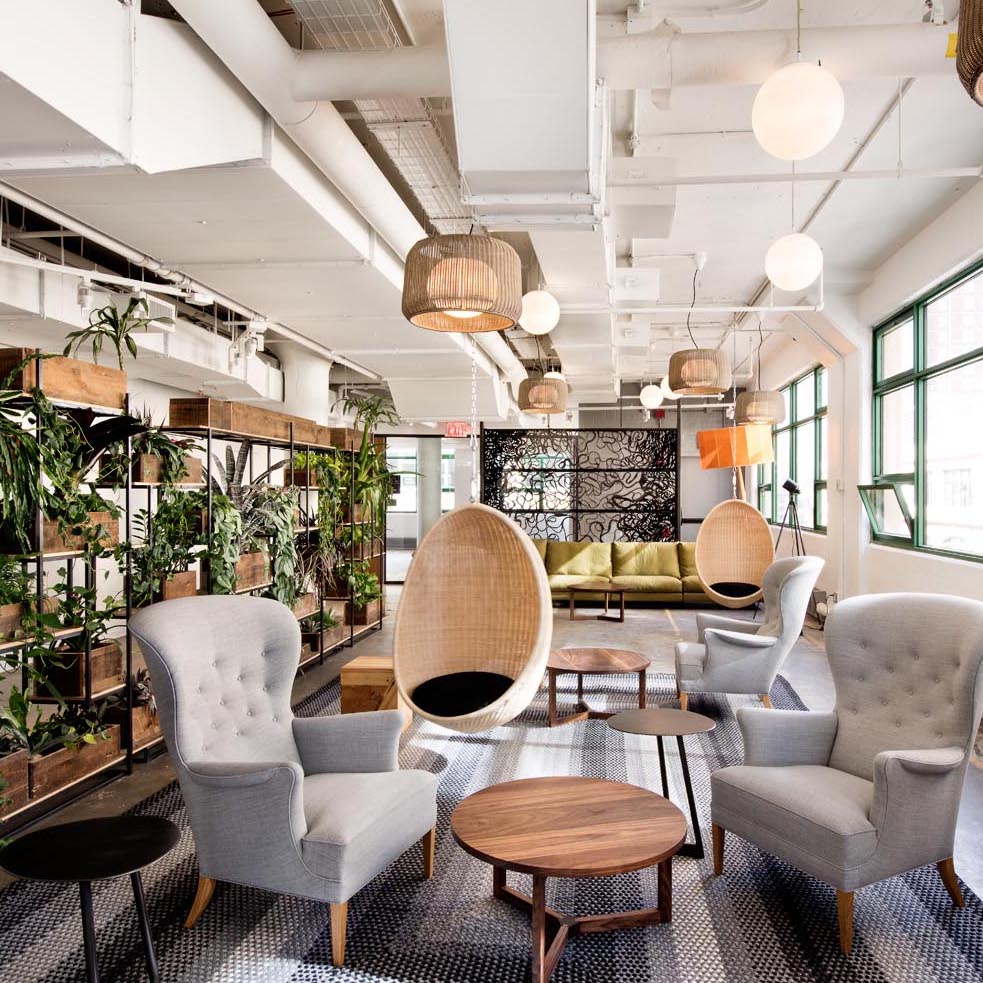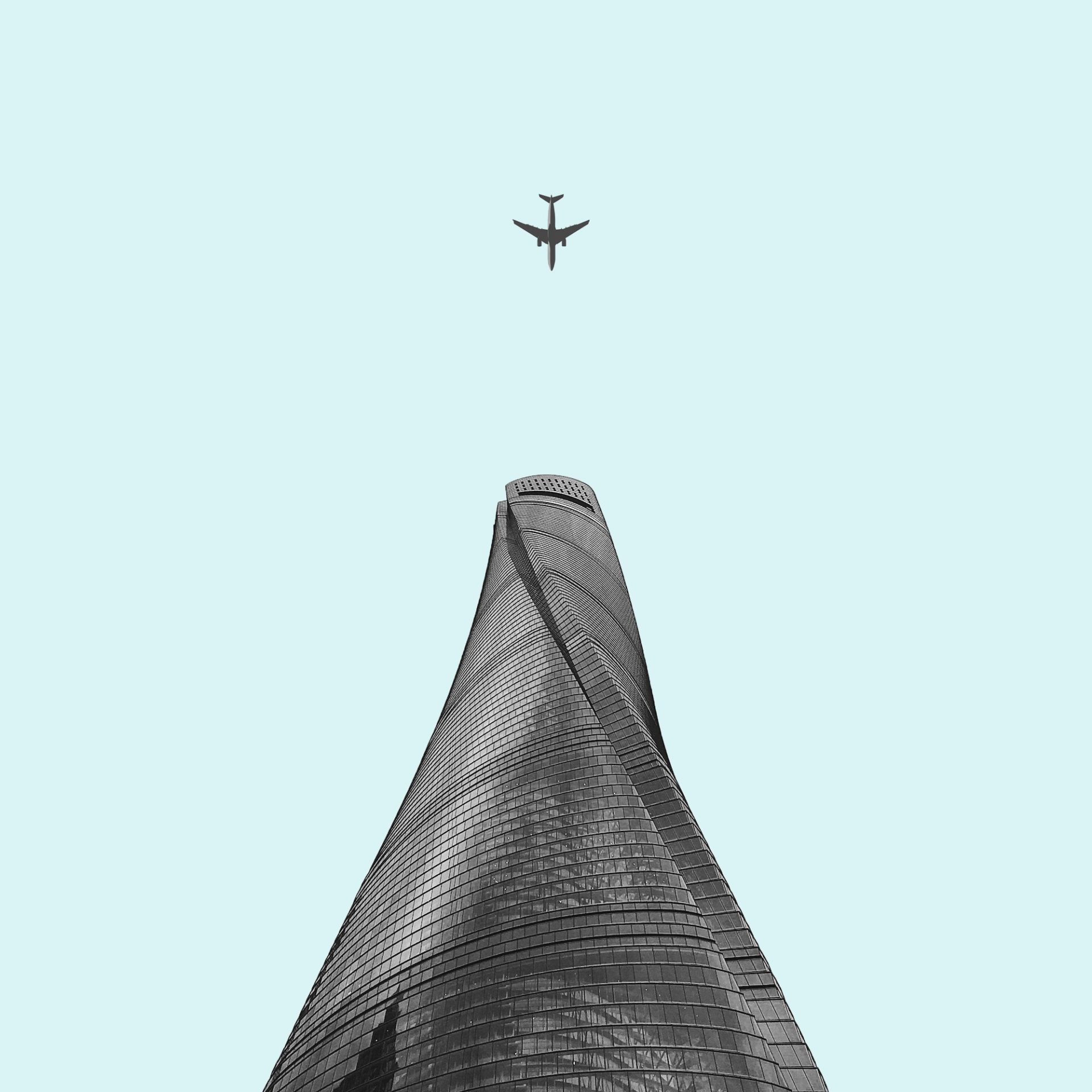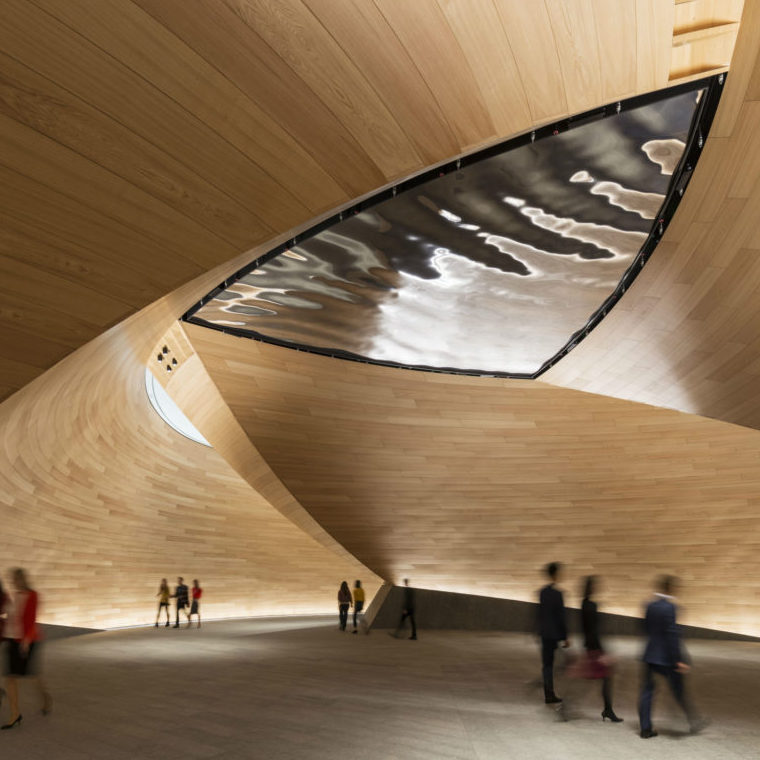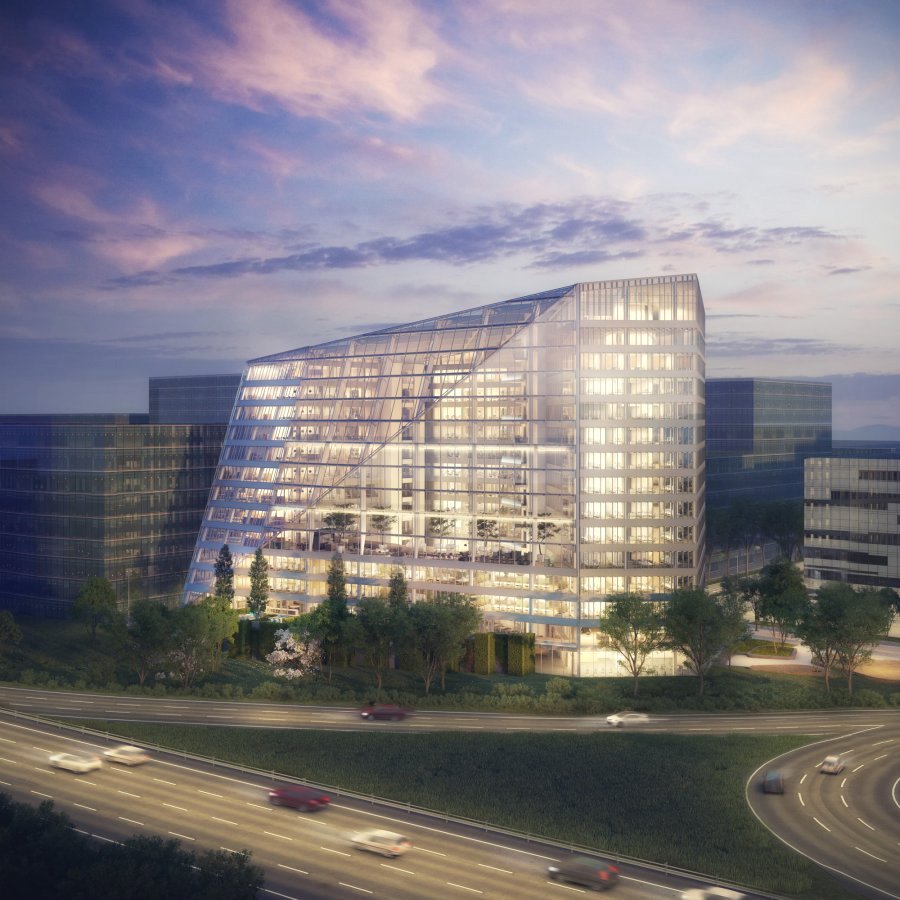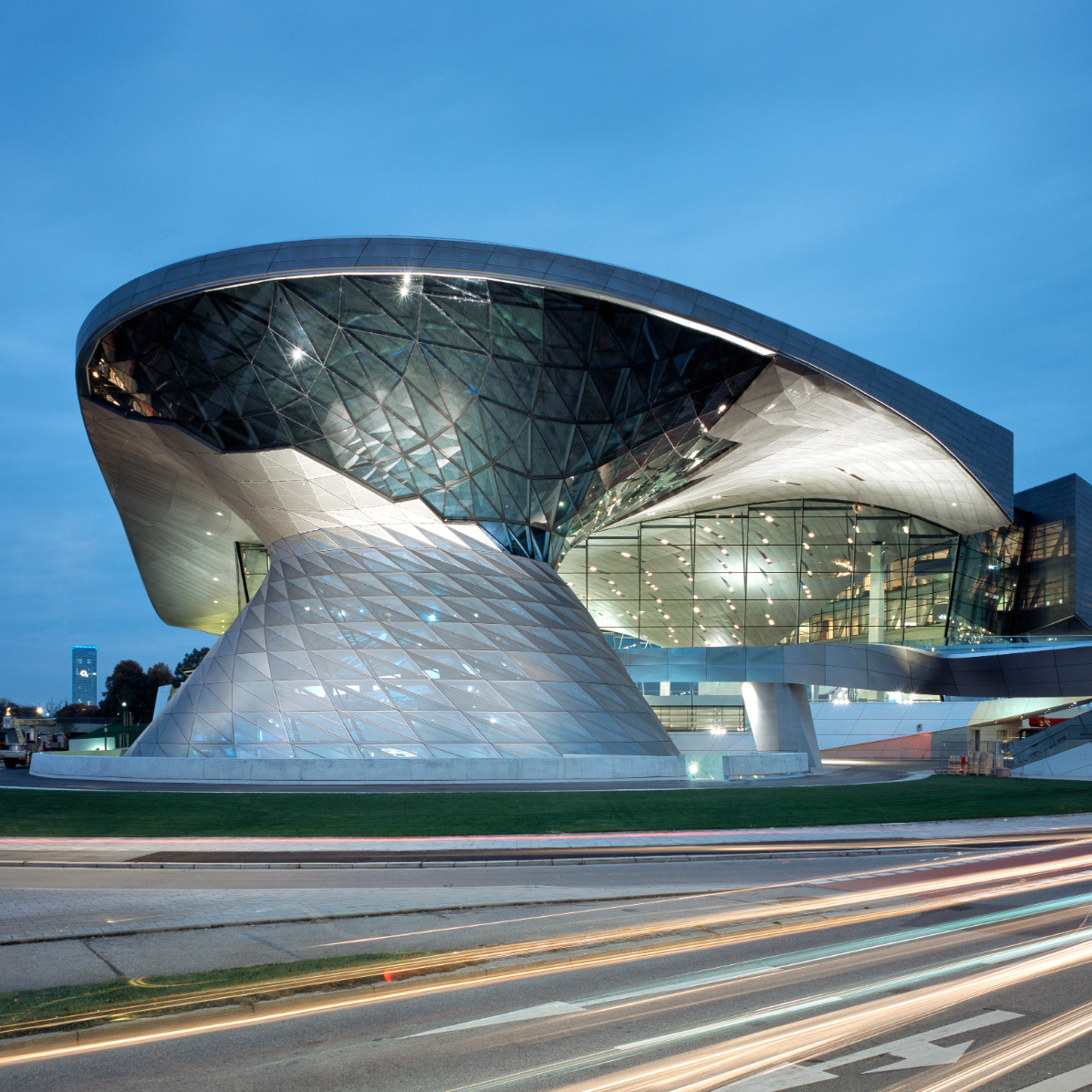Etsy, New York
This 18,580 square metre office block is the largest to have undertaken the International Living Future Institute’s Living Building Challenge to date. It has met imperatives across all seven “petals” (that is, categories), and has completed four: materials, place, beauty, and health and happiness.
More than 60 per cent of the 1500 materials used in the build were sourced from within 500 kilometres of the site, none contain harmful or toxic materials, and all wood used is either FSC certified or salvaged.
During construction and demolition, 90 per cent of all waste was diverted from landfill, and on a day to day basis the office’s rubbish is weighed, composted and recycled, and strategies employed to reduce consumption.
Designed by Gensler, the building takes advantage of natural daylight, has LED lighting and a 12 kW rooftop solar farm. A rooftop rainwater system collects and stores up to 12,000 litres of rainwater.






